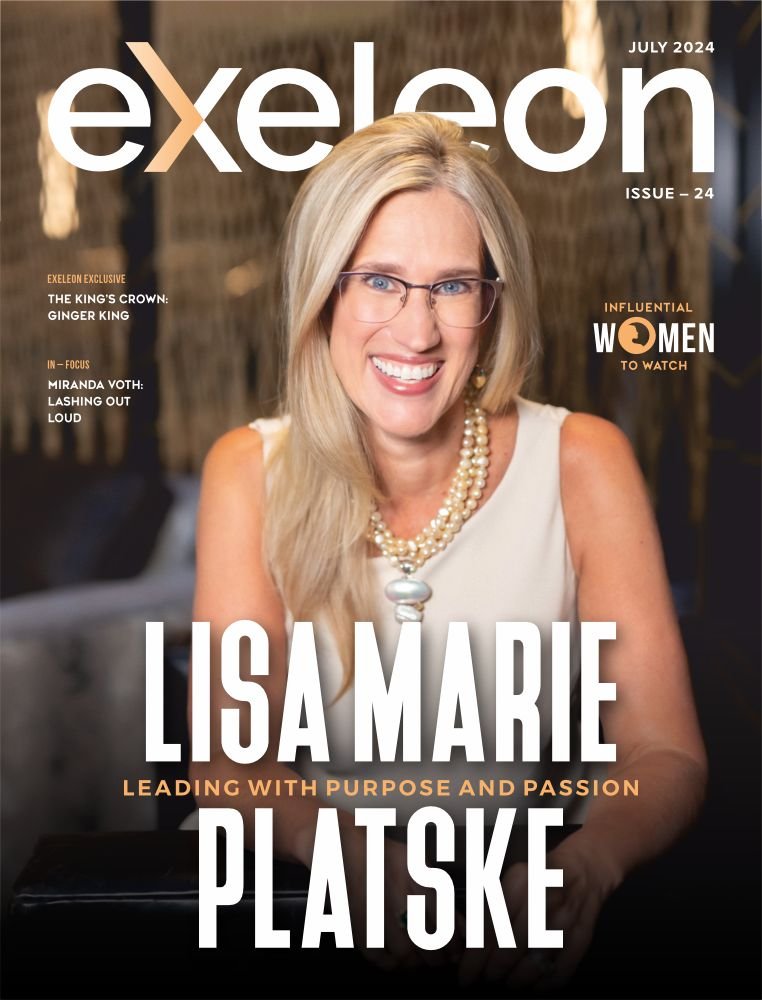
In a world saturated with advertisements and marketing ploys, storytelling emerges as a beacon of authenticity, captivating the hearts and minds of consumers. The art of brand storytelling is not merely about selling a product; it’s about forging a connection, sharing values, and creating an experience that resonates with the audience. Successful brands understand that at the core of every purchase lies a story that the consumer wants to be a part of.
The Power of Storytelling
Humans are wired for stories. From ancient cave paintings to modern-day novels, storytelling has been a fundamental way of communicating and connecting. In branding, storytelling goes beyond mere facts and features; it weaves a narrative that embodies the brand’s identity, mission, and vision. This narrative becomes a bridge between the brand and its audience, allowing for a deeper, more emotional engagement.
Examples of Successful Brand Storytelling
- Apple: Apple’s brand story revolves around innovation, simplicity, and elegance. The company’s narrative isn’t just about technology; it’s about empowering individuals to think differently and unleash their creativity. Through product launches and marketing campaigns, Apple tells a story of how its devices are not mere gadgets but tools for personal expression and transformation.
- Nike: Nike’s storytelling is all about inspiration and motivation. The brand’s famous slogan, “Just Do It,” is a call to action that resonates with athletes and non-athletes alike. Nike’s marketing campaigns often feature stories of perseverance and achievement, reinforcing the idea that anyone can overcome obstacles and reach their goals.
- Airbnb: Airbnb’s narrative centers around the concept of belonging. The brand’s stories highlight real experiences of hosts and travelers, showcasing how Airbnb is not just about finding a place to stay but about connecting with people and cultures around the world.
Samantha McGinley’s Approach to Storytelling at Polaris Creatives
Samantha McGinley, the Founder and CEO of Polaris Creatives, has harnessed the power of storytelling to empower women and entrepreneurs. As featured in her latest Exeleon Women Magazine Cover Story released as part of Women’s History Month, Samantha’s approach to branding is deeply rooted in authentic narratives.
At Polaris Creatives, storytelling is not just a strategy; it’s a mission. Samantha believes that every brand has a unique story to tell, one that can inspire, motivate, and connect with its audience. Her process involves delving deep into the core of the brand to uncover its essence and then crafting a narrative that highlights its values, vision, and purpose.
One of the key elements of Samantha’s storytelling approach is the focus on personalization. She understands that in today’s crowded market, generic stories fall flat. Instead, she works closely with her clients to tailor their brand narratives to their specific goals and audience, ensuring that the story is not only authentic but also relevant.
Samantha’s emphasis on authenticity is evident in her own story. From her early days selling Girl Scout cookies to her journey as an entrepreneur, she has remained true to her values and vision. Her story is a testament to the power of authenticity in building a successful brand.

The Impact of Authentic Narratives
The impact of authentic brand storytelling cannot be overstated. A well-crafted narrative can:
- Build Trust: When a brand shares its true story, it opens up a level of transparency that fosters trust with its audience.
- Differentiate the Brand: In a sea of competitors, a unique and authentic narrative can set a brand apart.
- Drive Emotional Engagement: Stories that evoke emotions tend to be more memorable and impactful, leading to a deeper connection with the audience.
- Inspire Action: A compelling story can motivate the audience to take action, whether it’s making a purchase, sharing the story, or becoming a brand advocate.
The art of brand storytelling is a powerful tool in the modern marketer’s arsenal. It’s about more than just selling a product; it’s about creating a meaningful experience that resonates with the audience.









